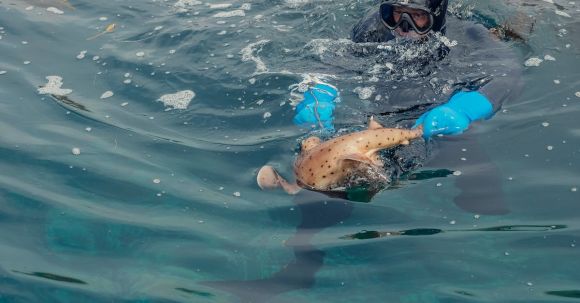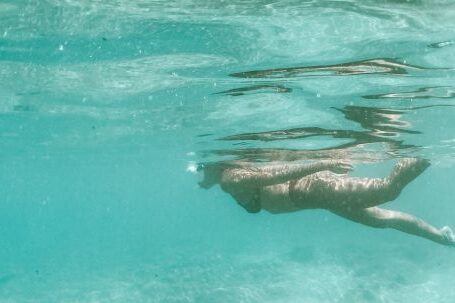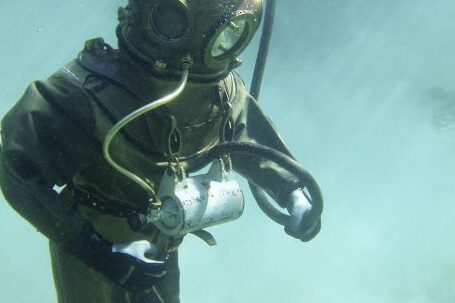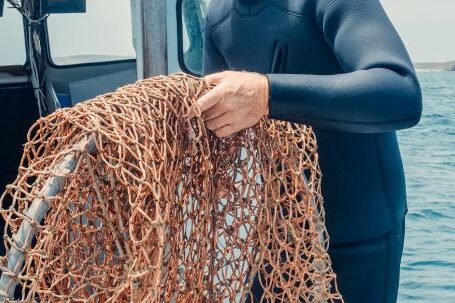Diving is an exhilarating and adventurous activity that allows us to explore the beauty and mystery of the underwater world. However, as with any adventure, there are risks involved. That’s why diving with a buddy is not only a good idea, but also a crucial safety protocol. In this article, we will explore the benefits of diving with a buddy and discuss the important safety protocols to follow.
Benefits of Diving with a Buddy
1. Increased Safety: One of the primary benefits of diving with a buddy is the increased safety it provides. Having someone by your side means there is always someone to assist you in case of an emergency. They can help you with equipment issues, monitor your air consumption, and provide assistance in case you experience any difficulties underwater.
2. Shared Experience: Diving is a thrilling experience, and sharing it with a buddy makes it even more enjoyable. You can communicate underwater, point out interesting marine life, and share the awe and wonder of the underwater world. Having a buddy also means you have someone to share memories and stories with after the dive.
3. Improved Dive Planning: Diving with a buddy allows for better dive planning and execution. You can discuss your dive objectives, set a maximum depth and time limit, and establish a plan for communication and emergency procedures. This ensures that both divers are on the same page and can act accordingly during the dive.
Safety Protocols for Diving with a Buddy
1. Pre-Dive Briefing: Before entering the water, it is essential to have a thorough pre-dive briefing with your buddy. Discuss the dive plan, including the maximum depth, duration, and any specific points of interest. Ensure that you both understand the hand signals and communication methods to be used underwater.
2. Buddy Checks: Conducting a buddy check is a vital safety protocol that should never be skipped. This involves checking each other’s equipment to ensure everything is in proper working order. Verify that each other’s air supply is sufficient, check the release mechanisms of your BCDs, and ensure your masks are properly fitted.
3. Maintain Visual Contact: While underwater, it is crucial to maintain visual contact with your buddy at all times. This can be achieved by using a buddy line or staying within a predetermined distance of each other. If you lose sight of your buddy, stop, and wait for them to reappear before proceeding.
4. Communication: Effective communication is key to a safe and enjoyable dive. Use hand signals to communicate with your buddy underwater. Establish and agree upon a set of signals before the dive to ensure clear and concise communication. Regularly check in with each other during the dive to confirm air supply, comfort, and any changes to the plan.
5. Emergency Procedures: Despite taking all precautions, emergencies can still occur. It is crucial to discuss and practice emergency procedures with your buddy before the dive. This includes procedures for running out of air, entanglement, and lost buddy scenarios. Being prepared for emergencies will help you stay calm and respond effectively if the need arises.
In conclusion, diving with a buddy provides numerous benefits, including increased safety, shared experiences, and improved dive planning. By following the essential safety protocols of pre-dive briefing, buddy checks, maintaining visual contact, effective communication, and emergency procedures, divers can enjoy their underwater adventures with peace of mind. So, the next time you plan a dive, remember to find a buddy and dive together for a safer and more enjoyable experience.





